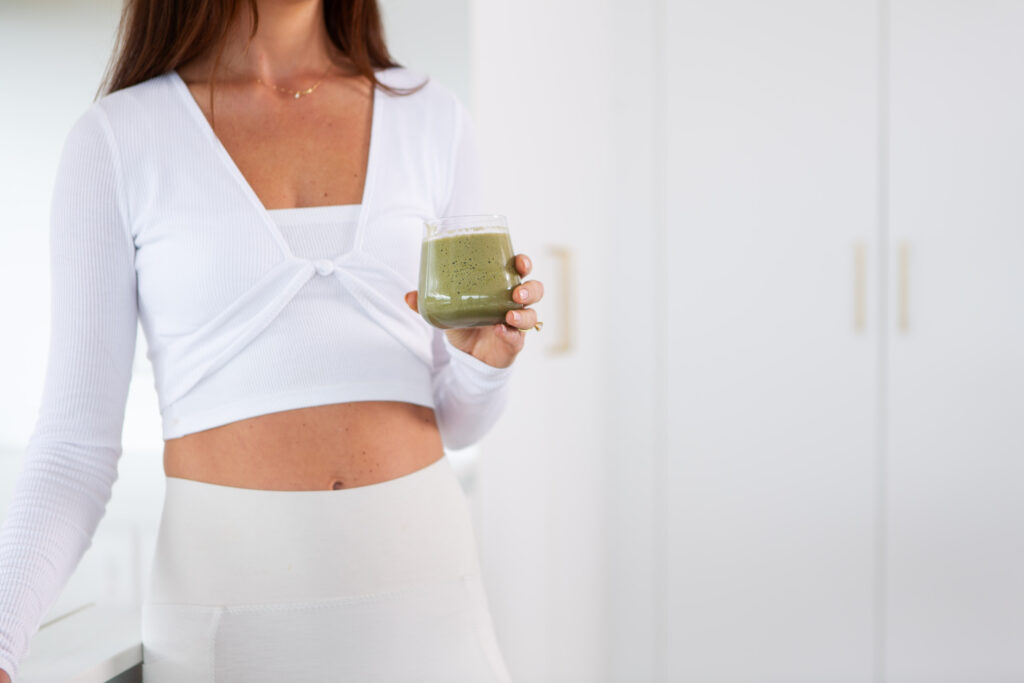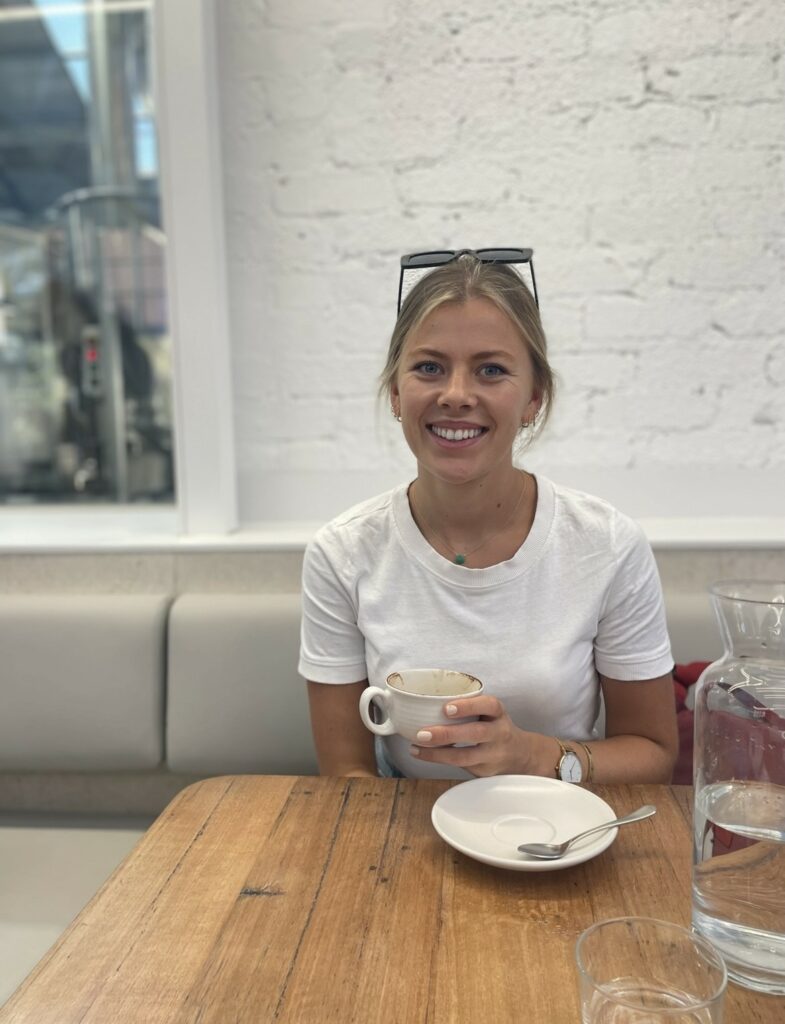Harmony On Your Plate: A Guide To Balancing Your Nutrition
21 Aug 2024We are bombarded in the media on a daily basis of the newest superfood on the block, whether it’s goji berries, acai, or sea moss. We have been told that nuts are a nutrition powerhouse, yet seed oils are the devil. Oats are great for satiety, but oat milk is a dangerous culprit for glucose spikes. Carbohydrates will make you gain weight, but whey powder will make you bulky. Ultra processed foods will harm you, aloe vera and gluten free will heal your leaky gut, and a celery juice detox will change your life.
I am going to let you in on a little secret. There is no truth in any of the above. With an infinite amount of knowledge at our fingertips with the world moving online, I believe the general population are stuck in a standpoint of confusion, now more so than ever before. The big question still lingers of “what should we have for dinner”!
Today, we are going to cut through the noise and cut to the chase of knowing how to balance a plate, in a practical evidence based way. Balancing your plate and knowing how to build a nourishing meal should firstly follow an intuitive approach, so take a moment to flick back and have a read of my intuitive eating blog. Balancing your plate falls under principle 10, Gentle Nutrition, and (like most evidenced based approaches) is going to be straight forward, and achievable for us all.

What is a balanced meal?
A balanced plate is composed of vegetables/fruit, protein, and carbohydrates
- Vegetables and fruit are full of water, fibre, vitamins, minerals, phytochemicals, antioxidants, and more! When creating a balanced meal, fill at least half of your plate with your favourite type of veggies and fruit. For an added bonus choose colourful vegetables.
- Protein is the building block in our body and helps form lean muscle. When creating a balanced meal, fill up a quarter of your plate with protein, whether it is animal- or plant-based. Protein examples include chicken, beef, pork, tofu, tempeh, salmon.
- Carbohydrates provide our cells with direct energy and are the primary source of fuel for our brain. Here, I put an emphasis on whole grains as they have a high fibre content, which slows down digestion, regulates blood sugar, reduces risk of chronic diseases, and eases bowel movements.
Why build a healthy plate?
When you eat a balanced meal, you will feel satisfied! Satisfaction is important as it will allow your body to switch off hunger signals and help you move on with your day. When we balance our meal well, not only does it mean we are satisfied, but likely satisfied and full for longer. Balancing our meals also ensures we are ticking the boxes across food groups and ensuring nutritional adequacy.
An ideal health plate?
For the general population, an ideal plate is one that houses a mixture of the 3 food groups above. The proportions of these groups are recommended to be ½ non-starchy vegetables/fruits, ¼ protein, and ¼ carbohydrate and a small portion of fat.
Let’s take some examples:
- Roast Chicken, Mash Potatoes, and a side of peas and carrots. ¼ of your plate may be taken up by chicken (protein), ¼ mash potatoes (carbohydrate), and ½ the plate is your carrot and pea mix (vegetables). There will likely be your fat portion included here if there was butter in the mash, or perhaps some homemade gravy.
- Salmon, Whole Grain Rice, and stir fried green beans. ¼ of your plate will be the salmon fillet, ¼ rice, and ½ stir fried green beans. Adding sauces will enhance flavour, and there is some healthy fats hiding in the salmon.
Remember, this is just a guide and not something you need to achieve overnight. I think a great first step is forgetting about the quantities of each group, and just checking ‘have I got some vegetables in here, some protein, and some carbohydrates’. Once this is nailed, you can add the next step of considering how much of each and follow the simple formula above.
What about non-plate meals?
Okay, so visually we now can likely ‘see’ what a balanced plate will look like. How can we apply this to meals that don’t take this separated appearance? The answer is not perfect, but does use a little bit of common sense. Let’s consider some examples:
- If you are having overnight oat for example keeping the fruit content high, and balancing the remainder of oats and yoghurt/milk and a little blob of peanut butter to finish
- If you are enjoying a cheese toastie perhaps considering adding in some chicken, and some tomatoes and finishing with a side of tomato soup
- You’re ordering fish and chips in a restaurant. Could you request a side of mushy peas?
- Not forgetting snacks! A simple snack idea could be a cappuccino with regular milk (protein) with rice cakes (carbohydrates) topped with banana (fruit)
Balancing your plate doesn’t remove anything, it may just alter the proportions, and perhaps and is more about what you can add to your diet, not what to take away.
How do I implement this?
Personally, for ease, I work backwards. I ask myself a few simple questions and go from there. These questions may include – what do I feel like? What do I have in the fridge? What’s on offer in the supermarket? What will cook the fastest? Once I have prioritised what is most important on that day, I plan the meal around it. For example, if I have some stir fry beef in the fridge with a best before date coming up I will choose that as my protein, and work some carbohydrates and vegetables around that, likely winding up having a beef stir fry packed with veggies with noodles. I always keep my freezer stocked with a variety of vegetables and my cupboards stored with non-perishables like noodles, rice, and couscous so that the vegetables and carbohydrate piece falls into place easily. Everyone may attack this differently.
What will happen if my meal is not balanced?!? Have I failed?!
Nutrition awareness is important, but our bodies are not like cars. We will not combust into smoke the same way a diesel car would if you put petrol in. Think of us like a pot of flowers, if you miss a day of watering, the flower will be totally fine. Being over-rigid with the approach above is also not the goal. Referring back to our intuitive eating blog, Principal 5 ‘Find Satisfaction in Eating’. Food is for enjoyment, some days you will have plain jam and toast for breakfast and that is okay. Remember, that even if a meal is ‘imbalanced’, there is still nutritional value within the meal. No foods can be categorised as bad – for example, jelly snakes are a perfect mid-long-run fuel, 7up is a fantastic source of simple carbohydrates when sick, and even the notorious white slice pan is fortified with calcium and iron and has assisted many population groups to avoid deficiencies in these areas.
So, let’s recap. Balancing your meals and snacks involves a combination of protein, carbohydrates, and fruit/vegetables. The goal is to ensure that you feel both satisfied and nourished, and this approach should allow you to do just that.

By: Lorna Ryan, CORU Registered Dietitian DI046177
Lorna is a CORU registered, FODMAP trained dietitian with a love for all areas of nutrition. With additional training in IBS, Lorna has strong interests in gut health and fostering a positive relationship with food. Lorna has worked in hospital settings in the early stages of her career, before gradually transitioning into management to blend her passions and is now managing a paediatric allied health professional clinic, Spot Therapy Hub in Sydney, Australia.


